Rising Security Concerns
The increasing prevalence of crime and security threats across Europe has led to a heightened demand for surveillance solutions. As urban areas expand, the need for effective monitoring systems becomes paramount. The cctv camera market is experiencing growth as businesses and municipalities invest in advanced surveillance technologies to deter criminal activities. In 2025, the market is projected to reach approximately €3 billion, reflecting a compound annual growth rate (CAGR) of around 8%. This trend indicates that stakeholders are prioritizing safety and security, thereby driving the adoption of CCTV systems in both public and private sectors.
Government Initiatives and Funding
European governments are actively promoting the adoption of surveillance technologies through various initiatives and funding programs. These efforts aim to enhance public safety and improve crime prevention strategies. The cctv camera market benefits from government grants and subsidies, which encourage local authorities to invest in modern surveillance systems. In recent years, several countries have allocated substantial budgets for upgrading public safety infrastructure, with some regions reporting increases in funding by over 15% annually. This financial support is likely to bolster the market, making advanced CCTV solutions more accessible to municipalities.
Growing Demand for Remote Monitoring
The rise of remote work and the need for flexible security solutions have led to an increased demand for remote monitoring capabilities in the cctv camera market. Businesses and homeowners are seeking systems that allow them to monitor their properties from anywhere, using mobile devices and applications. This trend is particularly pronounced in urban areas, where the convenience of remote access is highly valued. As a result, manufacturers are focusing on developing user-friendly interfaces and mobile compatibility, which could potentially increase market penetration by 20% in the coming years.
Technological Integration and Innovation
The cctv camera market is witnessing rapid technological advancements, particularly in areas such as artificial intelligence (AI) and cloud computing. These innovations enable enhanced functionalities, including facial recognition and real-time analytics, which are increasingly sought after by consumers. The integration of smart technologies into surveillance systems is expected to drive market growth, with projections indicating that AI-enabled cameras could account for over 30% of total sales by 2026. This shift towards intelligent surveillance solutions reflects a broader trend of digital transformation within the security sector.
Increased Awareness of Privacy Regulations
As privacy concerns become more prominent in Europe, the cctv camera market is adapting to comply with stringent regulations. The General Data Protection Regulation (GDPR) has raised awareness about data protection, prompting businesses to invest in compliant surveillance solutions. This shift is likely to influence purchasing decisions, as consumers prefer systems that ensure data security and privacy. Companies that prioritize compliance may gain a competitive edge, potentially capturing a larger market share. The emphasis on privacy is expected to shape product development and marketing strategies in the industry.

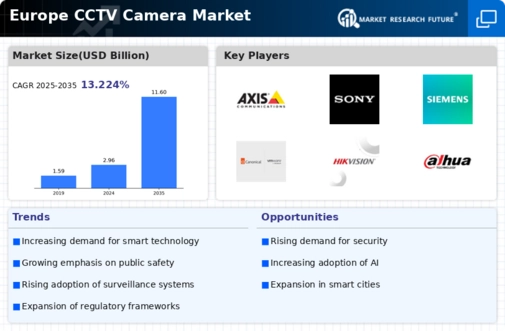
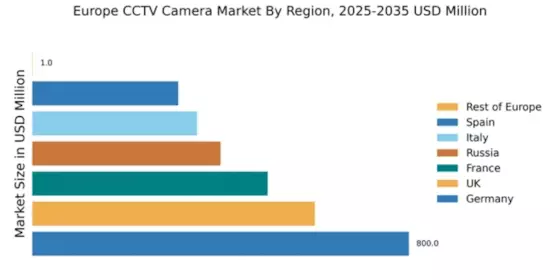
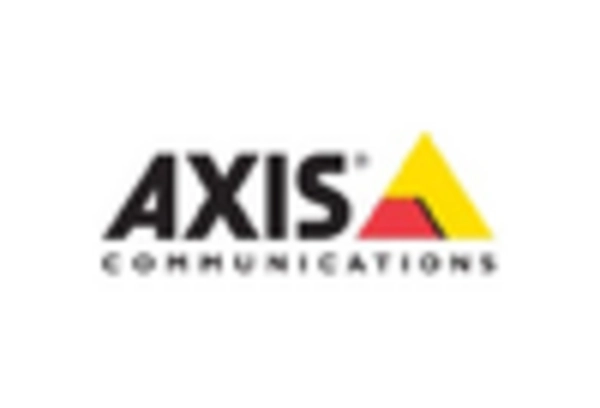
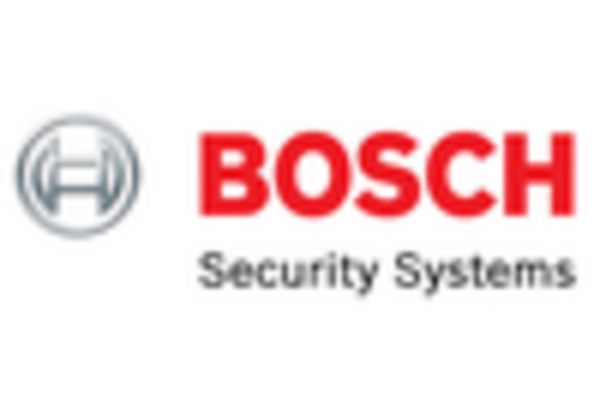
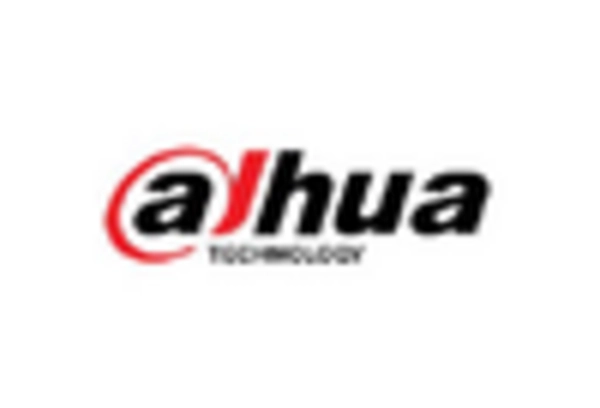
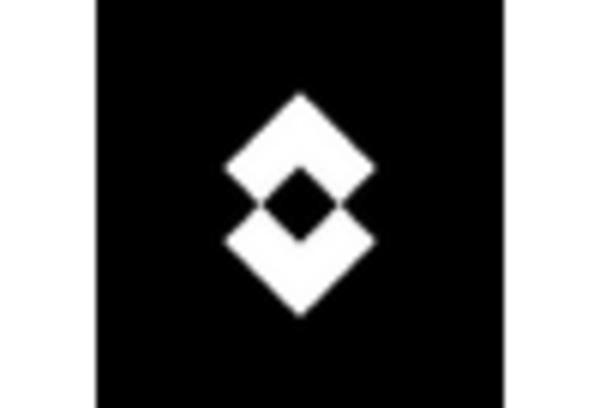

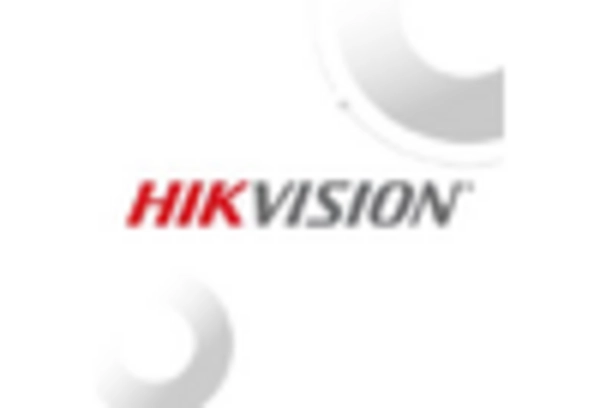








Leave a Comment